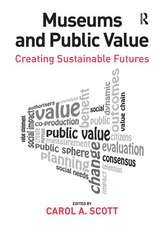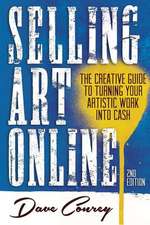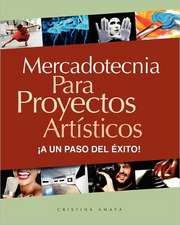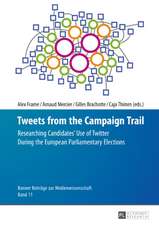Creative Infrastructures: Artists, Money and Entrepreneurial Action
Autor Linda Essigen Limba Engleză Paperback – 18 mar 2022
As in sports, business, and other sectors, the top 1% of artists have disproportionately influenced public expectations for what it means to be successful. In Creative Infrastructures, Linda Essig takes an unconventional approach and looks at the quotidian artist—and at what they do, not what they make. All too often, artists who are attentive to the business side of their creative practice are accused of selling out. But for many working artists, that attention to business is what enables them not just to survive but to thrive. When artists follow their mission, Essig contends that they don’t sell out, they spiral up by keeping mission at the forefront. Through illustrative case studies from culturally and racially diverse communities, Essig examines the relationships between art, innovation, entrepreneurship, and money while offering a theory for arts entrepreneurship that places more emphasis on means than ends.
Preț: 222.81 lei
Nou
42.64€ • 44.46$ • 35.44£
Carte disponibilă
Livrare economică 27 februarie-13 martie
Livrare express 13-19 februarie pentru 27.52 lei
Specificații
ISBN-10: 1789385717
Pagini: 202
Ilustrații: 5 halftones
Dimensiuni: 171 x 240 x 15 mm
Greutate: 0.4 kg
Editura: Intellect Ltd
Colecția Intellect Ltd
Notă biografică
Linda Essig is provost and senior vice president for academic affairs at Baruch College of the City University of New York.
Cuprins
Essay One: An Ouroboros of Self- Sustainability
Essay Two: Motivation, Symbolic Meaning, and Social Impact
Essay Three: Art, Capitalism, and Its Discontents
Essay Four: Novelty, Uniqueness, Originality
Essay Five: Making Way for Impact
Essay Six: The Nature of (Arts) Entrepreneurial Action
Essay Seven: Being an Entrepreneurial Artist
Essay Eight: Eschewing Scarcity and Finding Abundance
Essay Nine: Buying Up, Not Selling Out
Epilogue: A Future Imaginary
Bibliography
Recenzii
Descriere
Essays on the relationship between artists and entrepreneurship.
As in sports, business, and other sectors, the top 1% of artists have disproportionately influenced public expectations for what it means to be successful. In Creative Infrastructures, Linda Essig takes an unconventional approach and looks at the quotidian artist—and at what they do, not what they make. All too often, artists who are attentive to the business side of their creative practice are accused of selling out. But for many working artists, that attention to business is what enables them not just to survive but to thrive. When artists follow their mission, Essig contends that they don’t sell out, they spiral up by keeping mission at the forefront. Through illustrative case studies from culturally and racially diverse communities, Essig examines the relationships between art, innovation, entrepreneurship, and money while offering a theory for arts entrepreneurship that places more emphasis on means than ends.
























